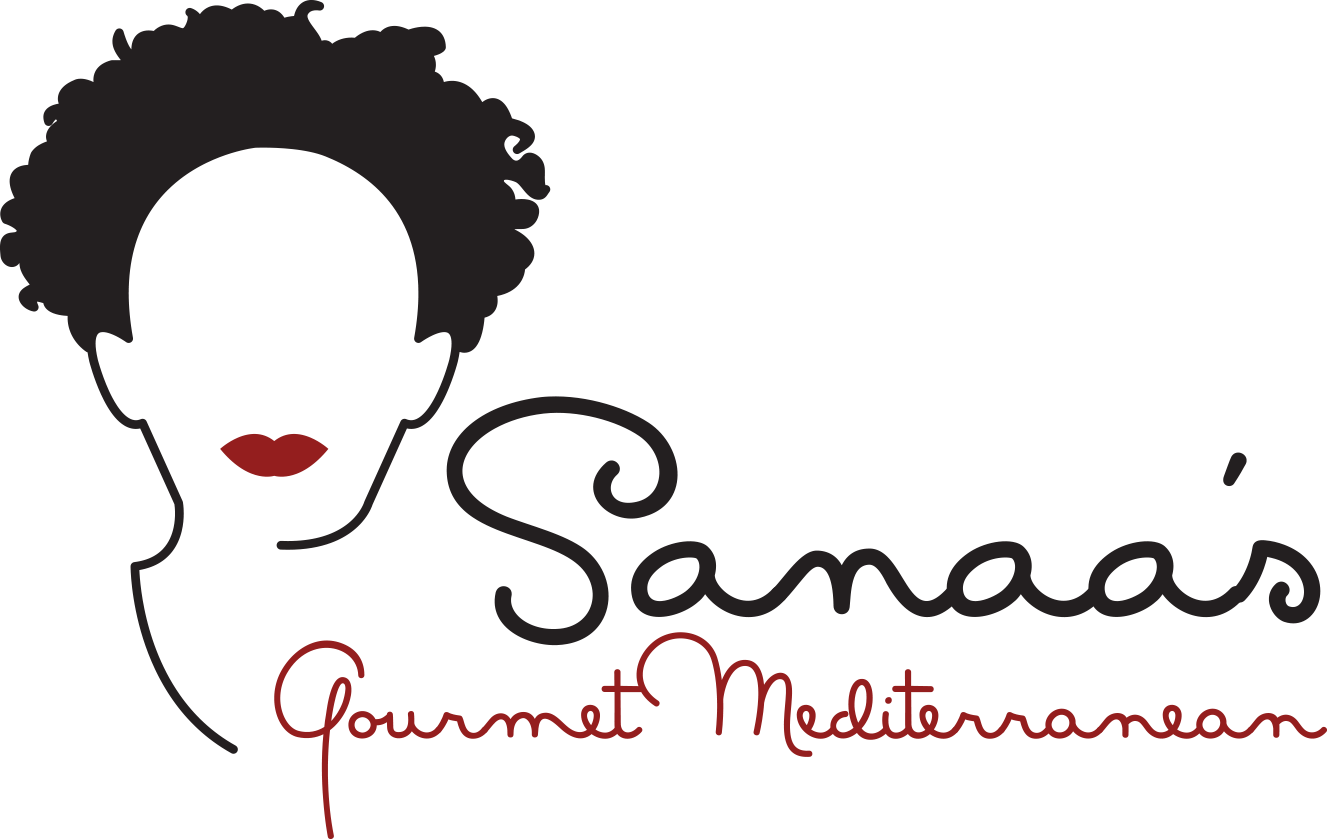Bedouins Store Dairy Without a Fridge
My husband once visited Saudi Arabia with a group of people from South Dakota and asked if they could visit a Bedouin camp. There are Bedouins throughout the Middle East, but Saudi Arabia is perhaps the most prominent home for these desert wanderers. The group was driven outside the capital city for several miles until they came upon a Bedouin family living in two tents with a huge dump truck parked nearby for shade. The leader of the family almost was overjoyed to have visitors. He ran to a small herd of sheep and brought back a bowl of fresh milk to offer his guests.Then he brought out a tray of dates and dried yogurt for them. He apologized for not having killed a sheep to offer the group, saying if he had been given a little more notice, he gladly would have done so.That anecdote demonstrates desert hospitality perfectly. It also came to mind when I recently saw a movie titled "The Story of The Weeping Camel." It was a movie made in Mongolia, in the Gobi Desert, about a family of Mongolian Bedouins who, like their counterparts in Saudi Arabia, lived in tents and offered fres milk to their guests, as well as dried yogurt.Living in a desert without modern refrigeration, these people have learned how to store dairy products that are essential to their health.For example, fresh milk is mixed with yogurt starter, and when the yogurt is made, some of the liquid is removed, mixed with salt for preserving and made into small balls. It is similar to cream cheese without the sugar. That product is allowed to dry in the sun, covered with a thin cloth, until it becomes a hard consistency. It can be stored for a year without refrigeration and is carried with the people as they move around the desert to find grazing and watering areas for their animals.When a mensef (rice cooked with clarified butter, raisins and nuts, stuffed inside a lamb, then roasted in its entirety) is served, the dried yogurt is mixed with water, making a sort of soup that is served with the mensef.Another way of preserving dairy is Kishek which is soured yogurt mixed with bulgur wheat that becomes almost like dough. It is made into small balls and allowed to dry in the sun. Kishek is used in many different ways. It can be reconstituted as a stew with meat and tomatoes or ground into flour and baked on top of bread, similar to a pizza topping. It also can be used as a soup stock.The genius of this method of storing dairy products is that it provides protein, fiber (from the bulgur wheat), minerals and vitamins.In Tibet and Mongolia, yak or sheep milk is churned, which allows the resulting butter to float to the top and be collected in leather bag. The remaining milk is boiled until the protein solidifies and then is collected and made into cheese. The butter is used as candle fuel or as a gift to honored guests or to priests.In Syria, milk is made into a cheese called shankleesh and stored in olive oil. It can be kept for long periods of time. It is a strong cheese, highly prized by Syrian in the coastal areas.Shankleesh is made by boiling yogurt with lemon juice. Just as it starts to boil, the protein becomes solid, at which time the mixture is taken off the stove and drained. Then it is mixed with salt and pepper, made into 2-inch balls and, after it dries, put into a clay pot, completely sealed and allowed to age. After two months, it is removed, the mold washed off (if you do not pass out from the smell); then it is rolled rolled in dried oregano and stored in olive oil.When I was in school in Washington, D.C., my father came from Syria to visit my brother and me. He brought shankleesh with him, and, at the customs gate, he had checked "yes" and "no" when asked if he was bringing food into the country. A customs officer asked what he meant-either he had food, or he didn't have food. As my father was trying to answer with his broken English that he didn't know whether shankleeh was food or not, he opened the jar. The smell over powered the customs officer, who ordered him to close the jar and move out of the area.
